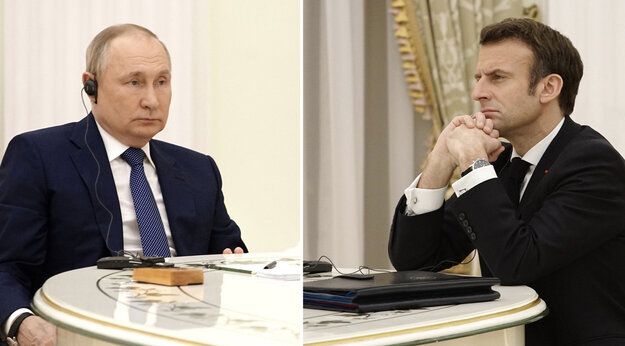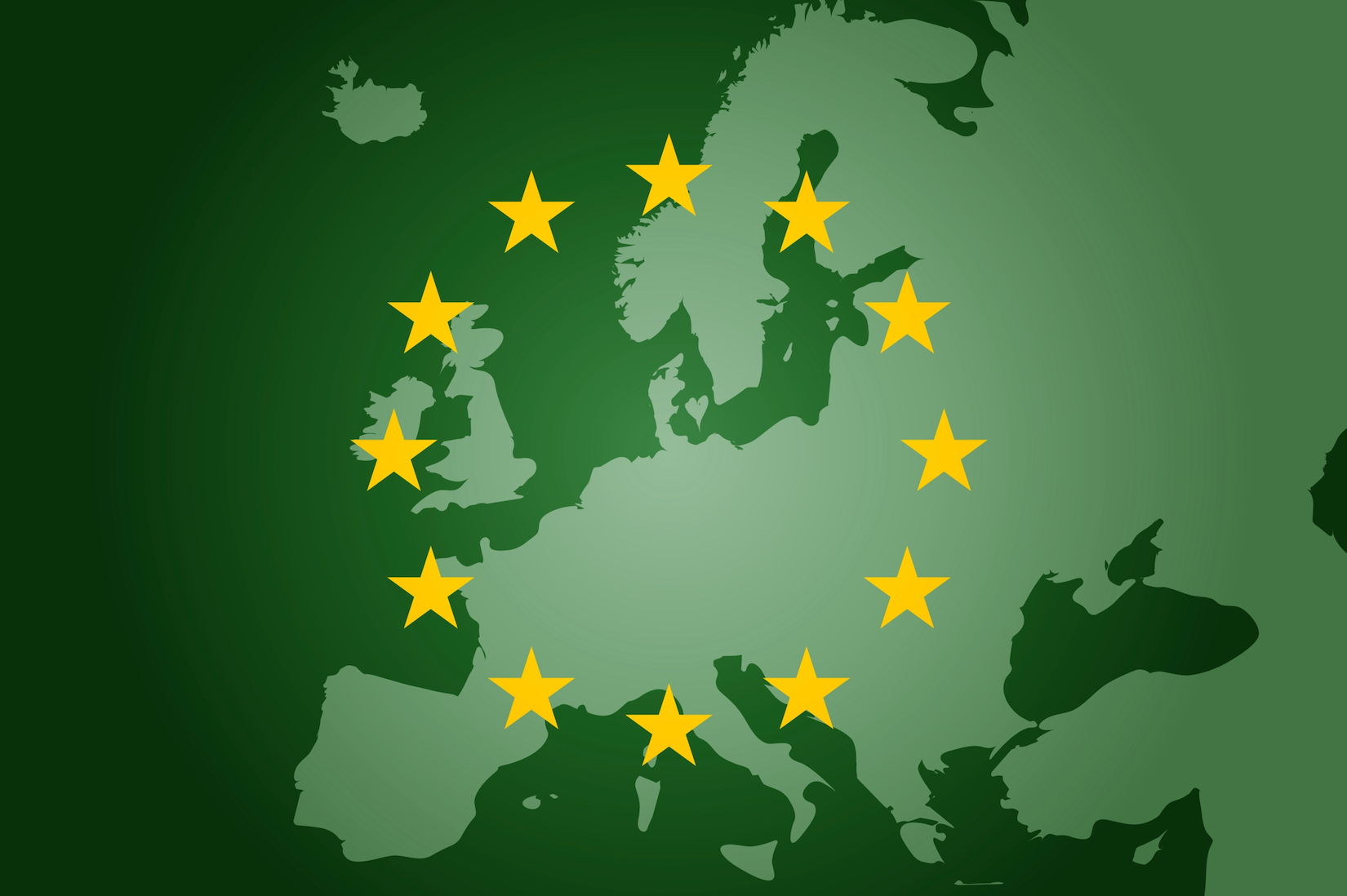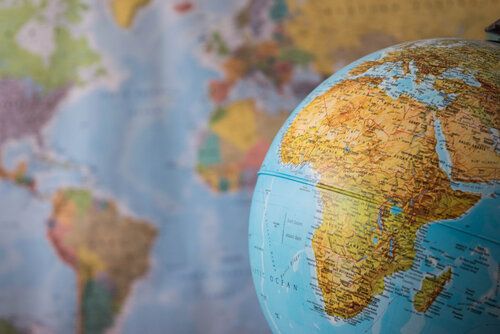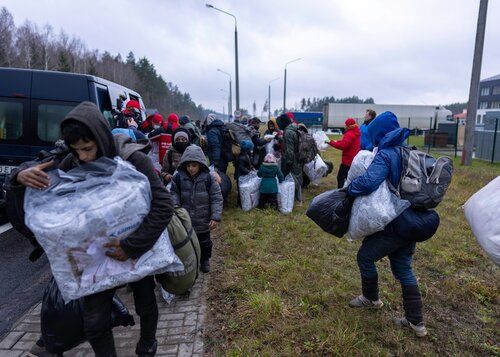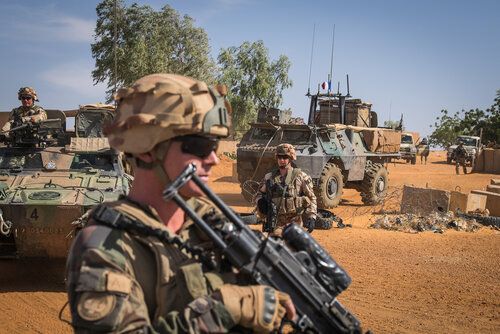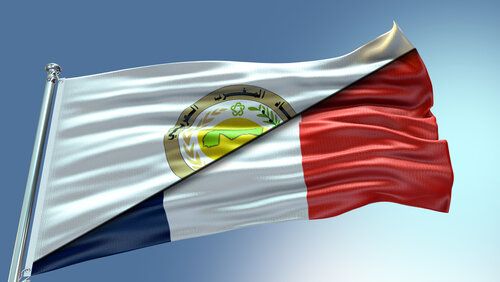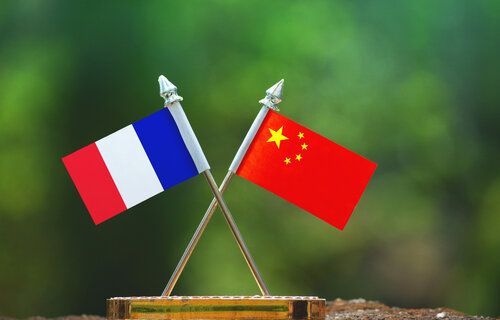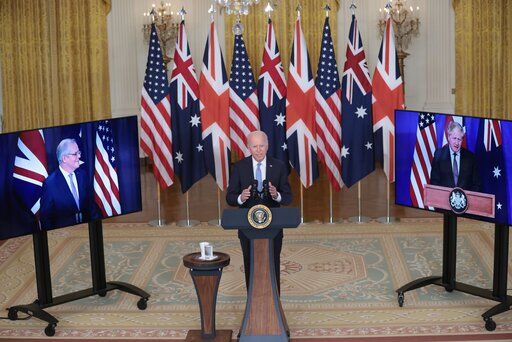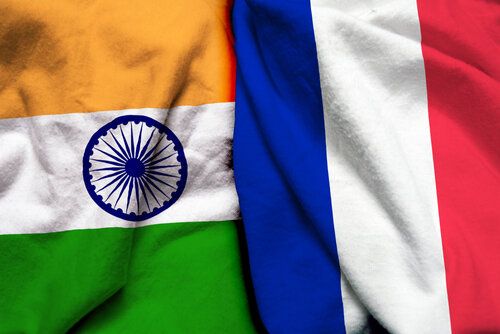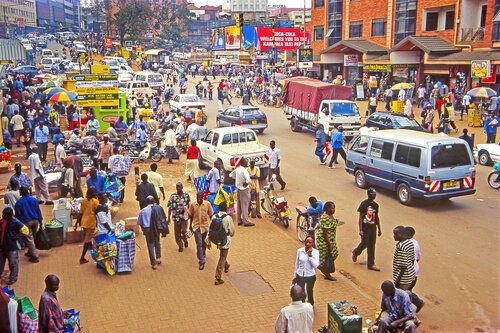Cities in sub-Saharan Africa (SSA) are undergoing exponential growth. In 1950, just under 15 percent of the SSA population lived in urban areas. Fifty years later, this figure had more than doubled, and it is now projected that, in 2050, nearly 60 percent of the population of SSA will be urban. To put it another way, between 2022 and 2050, urban areas will acquire an additional 781 million residents. Over the last few years, the international community has increasingly stressed the socioeconomic consequences of urban growth in Africa. It is a development challenge whose scope and impact are of concern not only to African public authorities and decision-makers but also to their European partners.
Considering Cities in Relation to Their Rural Environments
President Emmanuel Macron has recognized the importance of the urban question in Africa. The program for the New Africa-France Summit held in Montpellier in October 2021 was originally constructed around the topic of sustainable cities. While it is essential to include urban issues in French development policy, African cities should not be thought of in a compartmentalized way, as if they were isolated spaces. Rather, they should be understood through their interactions and multiple links with peri-urban and rural areas. Thus, urban spaces and the different layers of their environment, extending as far as the remotest areas, form a continuum that manifests itself through different socioeconomic phenomena: rural exodus and pendular migration; food products grown on the outskirts of cities being used to supply city-dwellers; healthcare products and other goods produced in cities being transported to rural areas that often lack health infrastructure and other social services.
Understanding development issues through the urban-rural continuum approach also requires a cross-cutting reading of different public policies. The governance of cities and their peripheries is carried out by a multitude of actors working in different domains. The questions of land, food security, health, environment, transport, infrastructure, and funding are often intertwined. For example, the level of food security enjoyed by city-dwellers depends on agricultural production in peri-urban and rural areas, which is in turn affected by farmers’ land security and by the quality of supply chains and road infrastructure.
Governance and Funding of Urban Infrastructure*
The infrastructure financing gap on the African continent, regularly highlighted by international organizations, is a central issue in the debate around the urban-rural continuum. Transport (road, rail) and energy infrastructure do not just allow urban and economic centers to be linked. It can also have a social and economic impact on peri-urban and rural areas, for example by leading to land speculation or urbanization effects, and by facilitating trade. It is also crucial to take into consideration land security issues, which form the ground on which urban and rural life take place.
During their presidential term, the French president elected in May 2022 should support policies of partnership with the African continent that place a strong emphasis on the concept of the urban-rural continuum. Dialogue between experts in rural development and experts in urban studies needs to be encouraged. In French development policy, these two domains are still too often treated separately.

